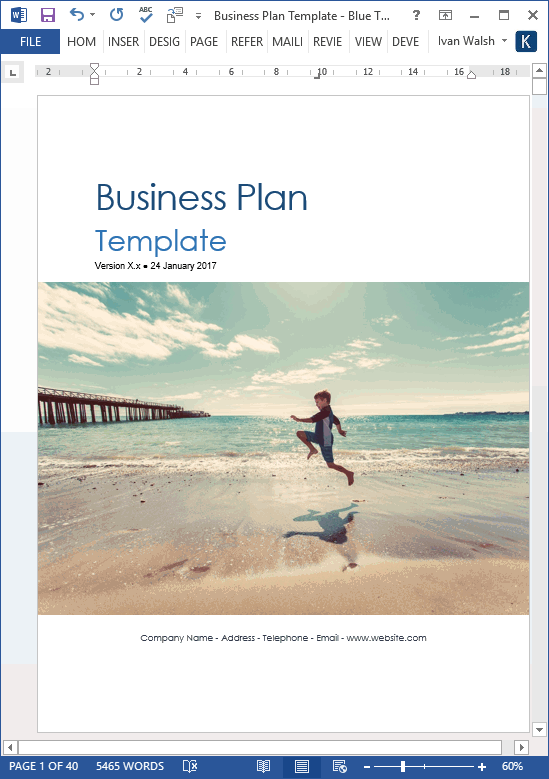Business Writing
How to Write the Executive Summary for a Business Plan – 2
Summary: The Executive Summary is the first section of a business document. It typically appears after the Table of Contents and before the Introduction. Some requirements – typically RFPs – stipulate that the Executive Summary is delivered separately.
One of the questions for new business writers is whether to put the executive summary before or after the table of contents.
The confusion arises as the executive summary is part of the main document – it’s a standalone document that accompanies the main document, a type of deluxe preface – and so could go before the table of content.
[Learn more about these Business Plan templates here]
What should be in an executive summary?
However, it’s best to avoid this.
- Connecting the executive summary and the main document as closely as possible ensures the reader is introduced to the main document as smoothly as possible.
- Using a table of contents interrupts the flow from the executive summary to the first chapter in the main document. It also creates an issue when you create the table of contents. If it’s above the main document content, depending on how you’ve setup your document, it may not be included when the TOC is generated.
- The reader can skip back and forward from the executive summary to the main document if they choose. The table of contents creates a barrier, a small interruption, which may frustrate the reader.
Executive summary position in document?
A suggested structure for your document is as follows:
- Cover page
- Table of Contents
- Executive Summary
- Introduction
- Chapter
- Conclusion
Before of After the Table of Contents?
The executive summary is:
- The first section of the document.
It appears:
- After the table of contents.
- Before the introduction.
Characteristics of an Executive Summary
- Audience – write the executive summary for those in a decision-making role, such as managers, buyers, architects, and others who will use the document to make recommendations based on what’s in the main document.
- Content – provide enough information in the executive summary for the reader to understand the purpose, problem, scope, technical approach, solution, methods, results, and recommendations.
- Standalone – write the executive summary so it can be read independently of the main document.
- Position in Document – The executive summary is include after the table of contents and before the introduction.
- Length – in general, the executive summary should be 5 – 10% of the main document.
Executive Summary Writing Tips
- Summarize the key points of the main document.
- Write it after finishing the main document.
- Use words, phrases, and terms that your reader will understand.
Don’t
- Don’t rehash the introduction.
- Refer to figures or tables located elsewhere in the document
- Use symbols, acronyms, or other terminology
- Make sales pitches. Don’t make statements you can’t substantiate.
Business Writing Tips
Want to be a better Business Writer? Read the tutorials, get the templates, watch the videos. Do these help? What’s missing? Email me so we can make them better.


